Looking for a development/manufacturing partner?
- 1. Which do you want to outsource, an IVD or RUO product?
- 2. Are you looking for a contract developer, or a contract manufacturer?
- 3. What kind of product do you want to oursource? ELISA, LATEX, IC, or something else?
Advantages of Our Contract Development and Manufacturing
-
We are capable of contract manufacturing for IVD products in Japan.
- - We are licensed to manufacture IVD products in Japan and are ISO 13485 certified.
- - We are able to provide design development of your IVD product and support your application for marketing approval.
-
We are also capable of contract manufacturing in RUO products.
- - We accept contract manufacturing requests from companies in various industries, such as food product manufacturers.
-
If you have already established a system and have basic information on the product specifications, we can start the manufacturing process from the production transfer stage.
-
If you don't have an antibody, we can produce one for you.
-
Process validation is available upon your request.
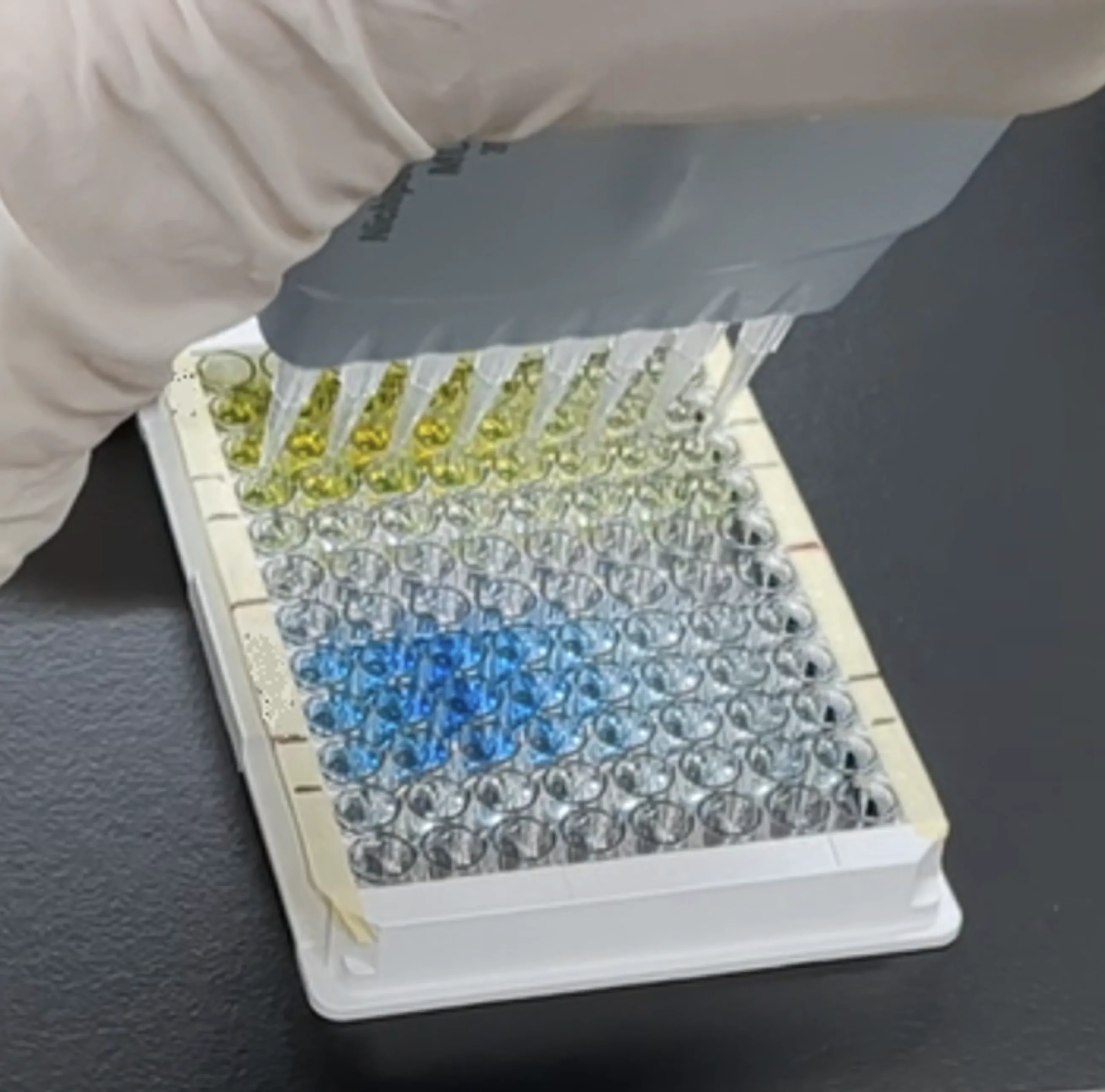
Our Manufacturing Base
Tochigi Plant
170, Shimoishibashi, Shimotsuke-shi, Tochigi-ken 329-0512 Japan
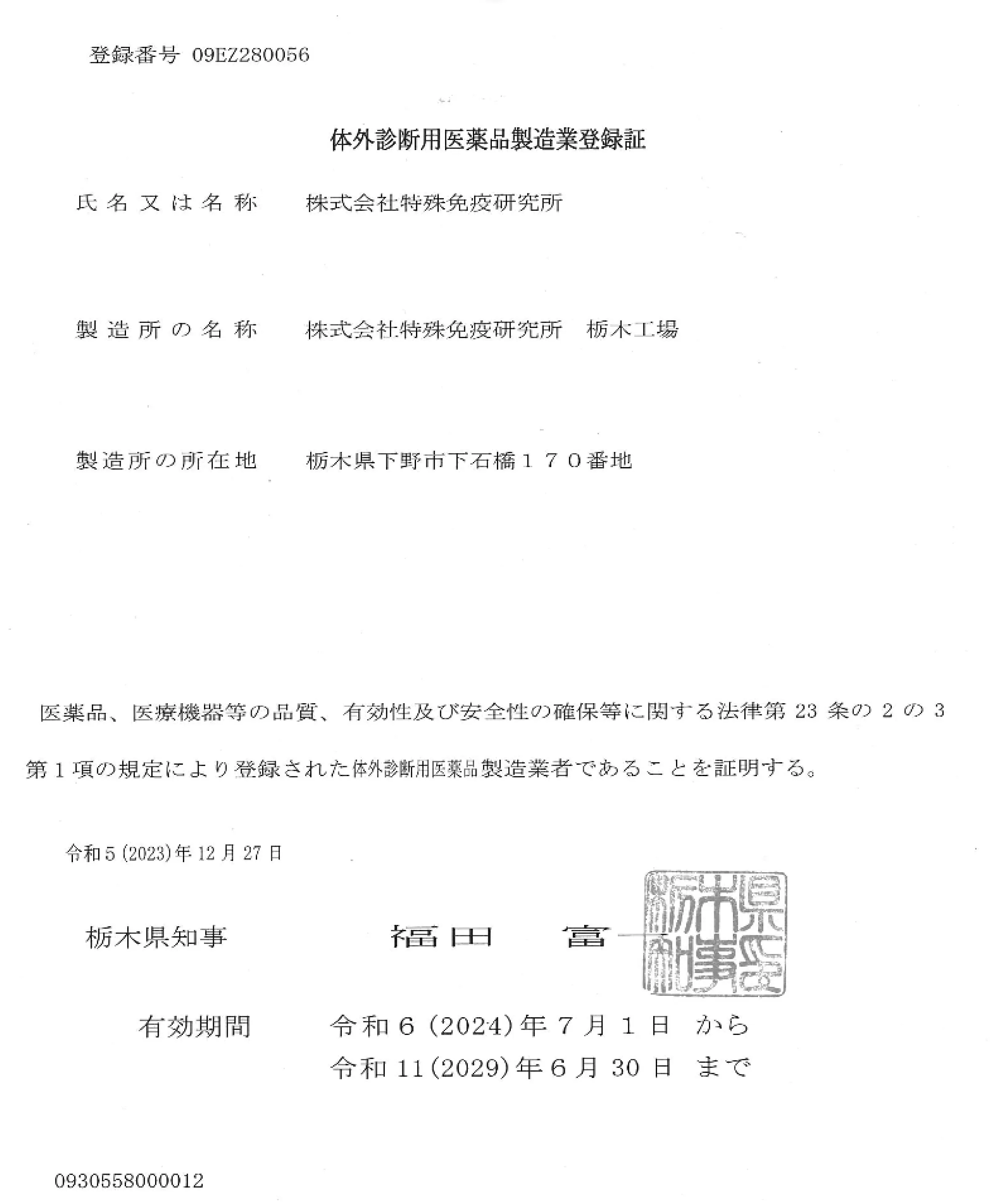
Registration Certificate as an IVD Manufacturer in Japan
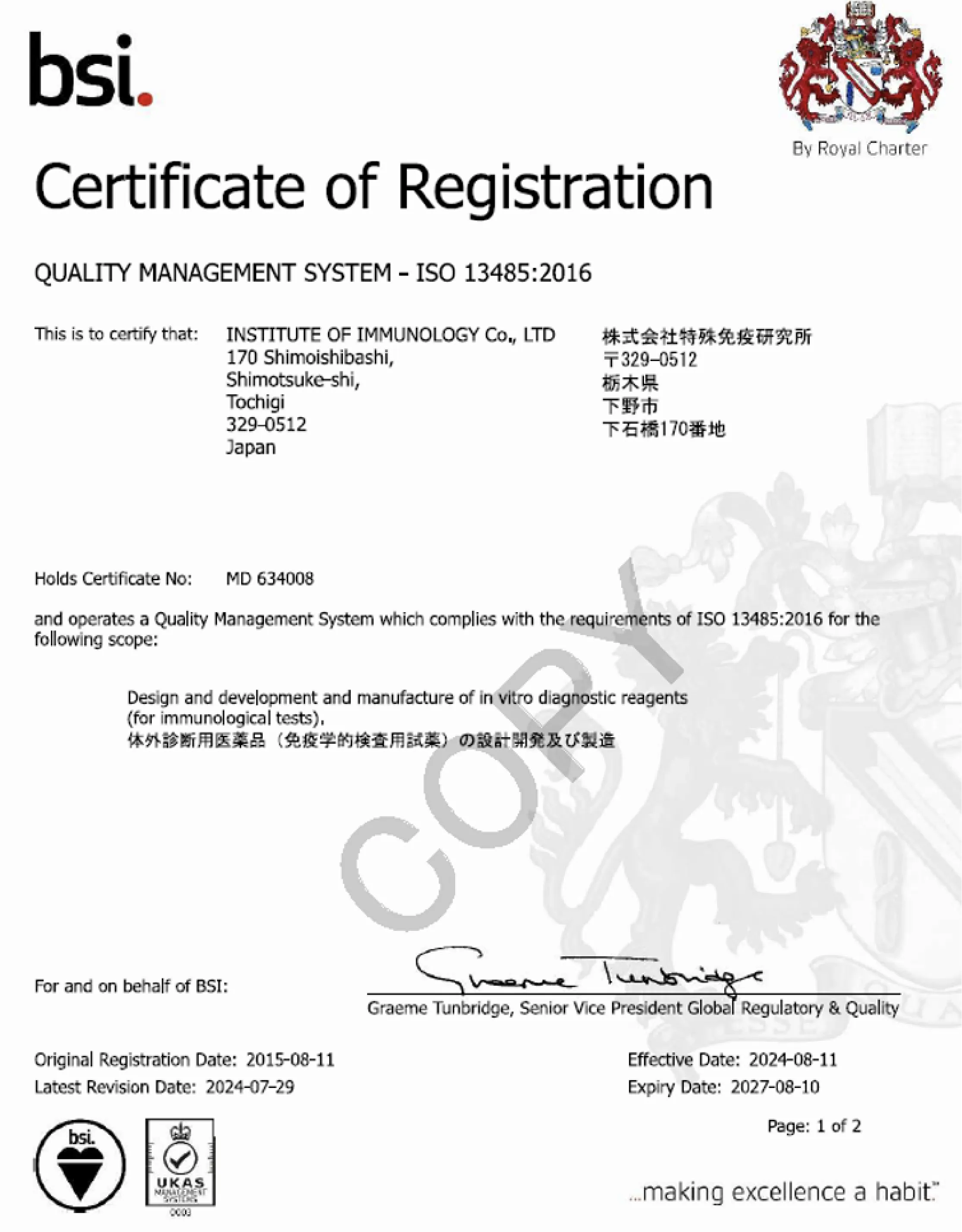
Certificate of Registration - ISO 13485:2016
(Original Registration Date: August 11, 2015)
Manufacturing Facilities at Tochigi Plant
-

Tochigi Factory Introduction Video
(3 minutes)
-

Air shower at the entrance
-
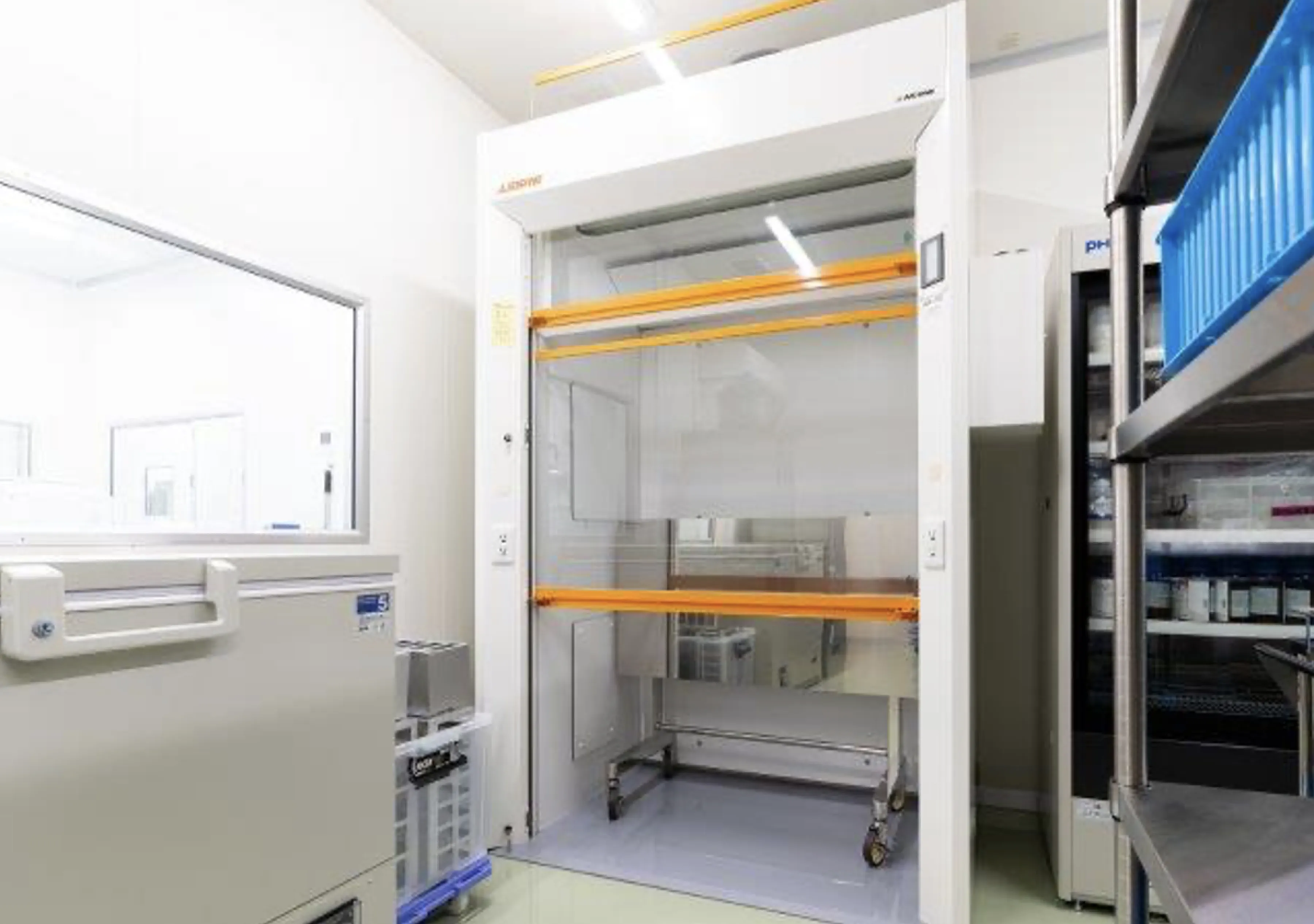
Raw material storage
-
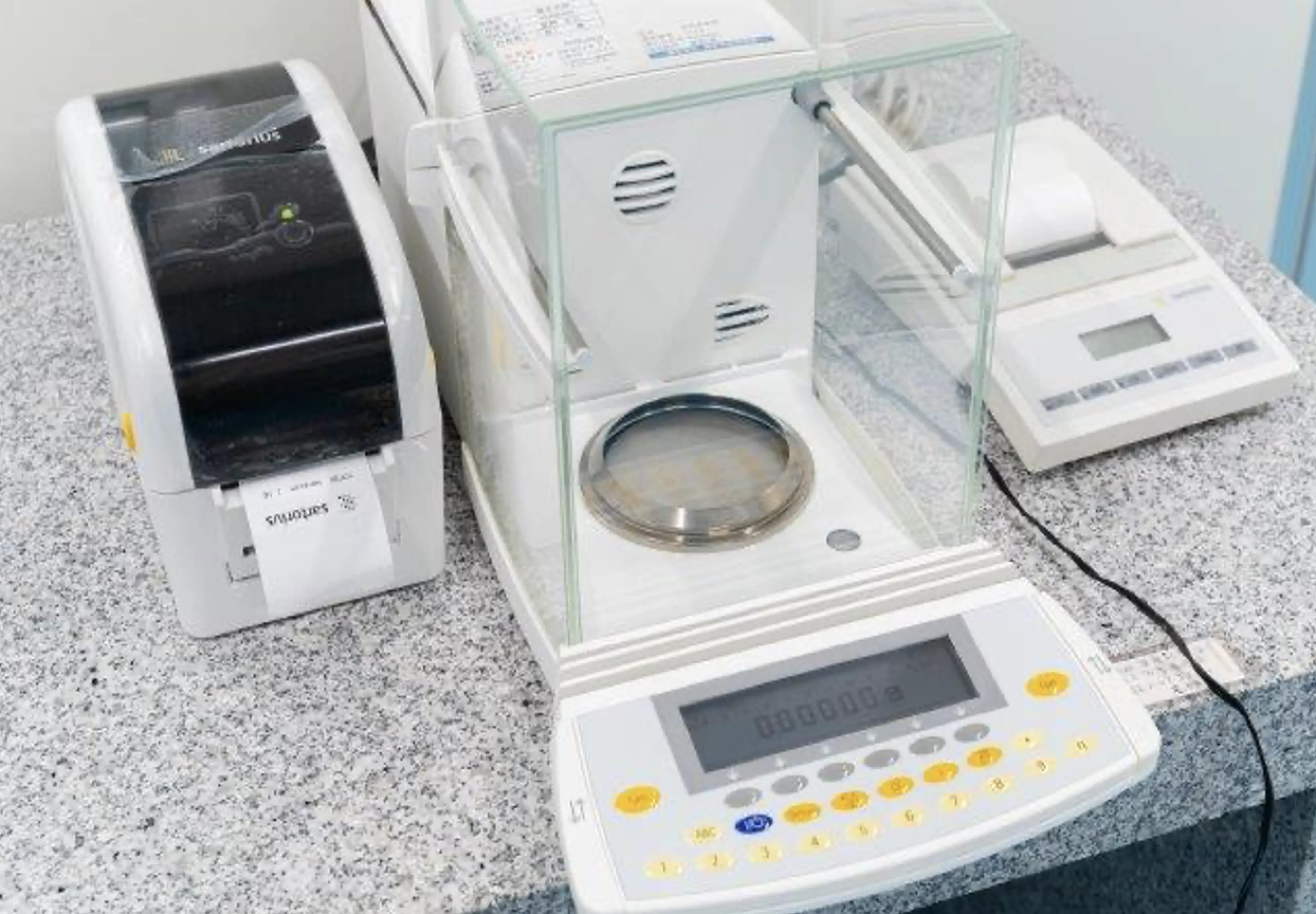
Digital scale with printer
-

Scale for mixing reagents
-
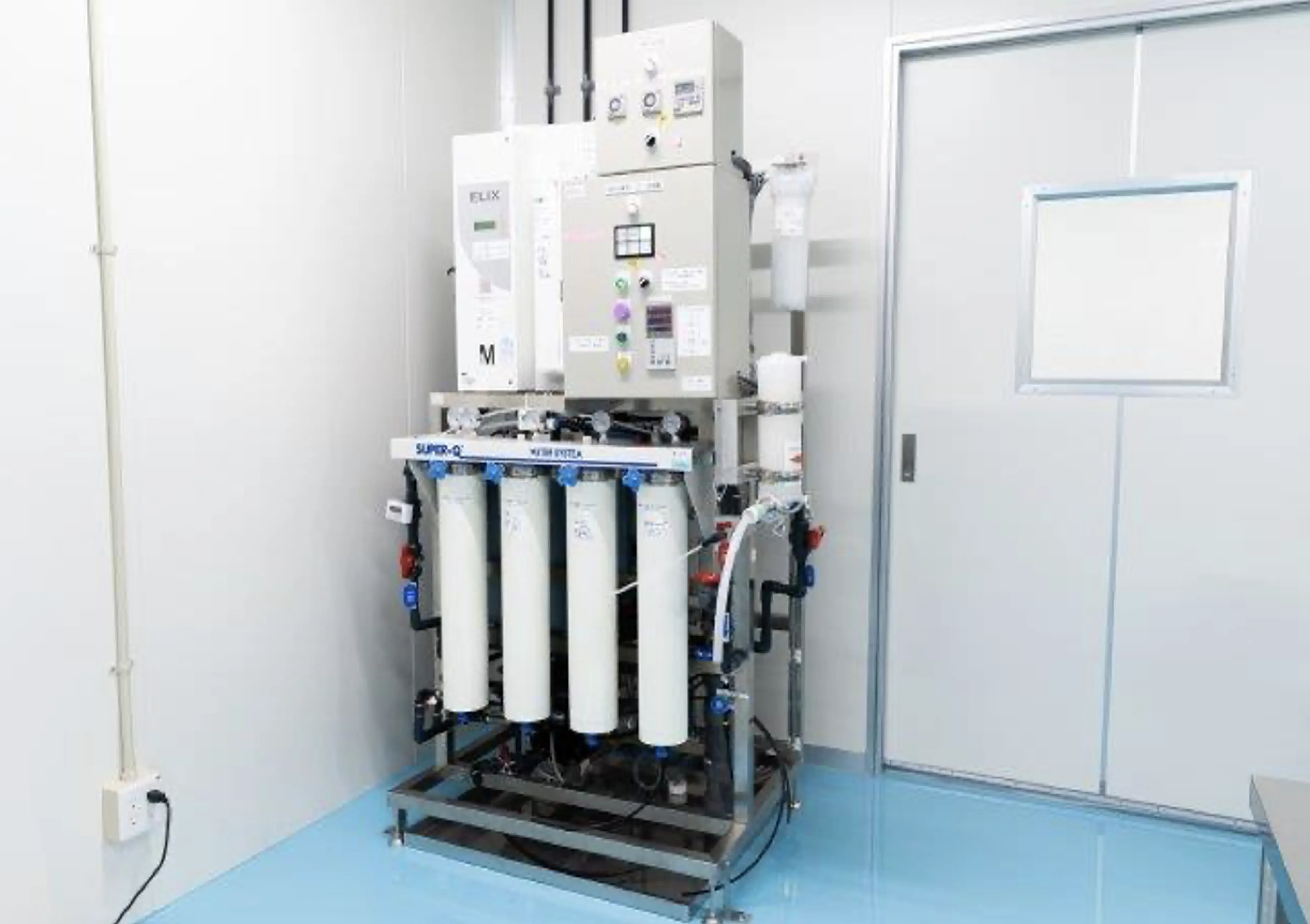
Ultrapure water production system
-
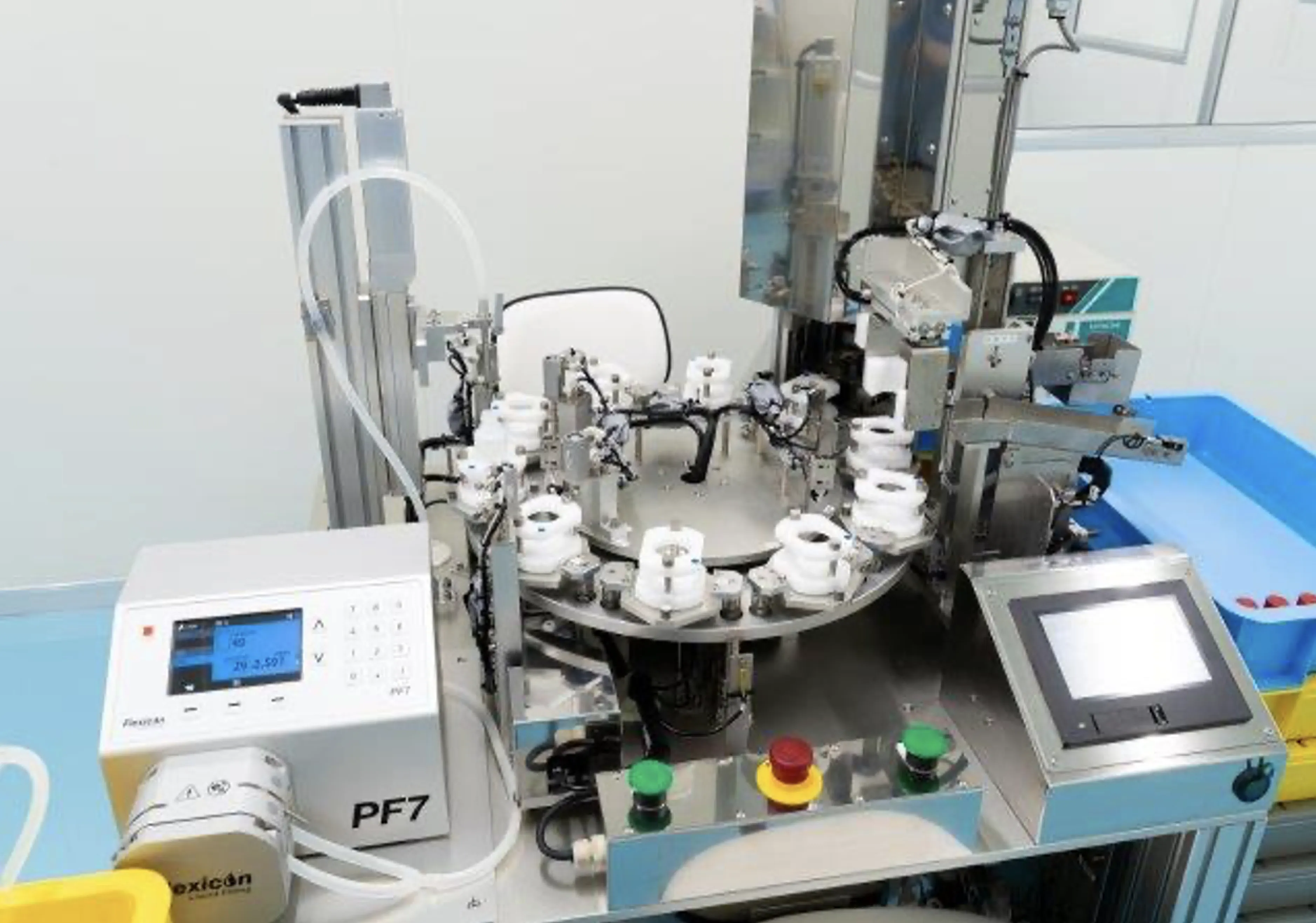
Tabletop liquid-filling system
-
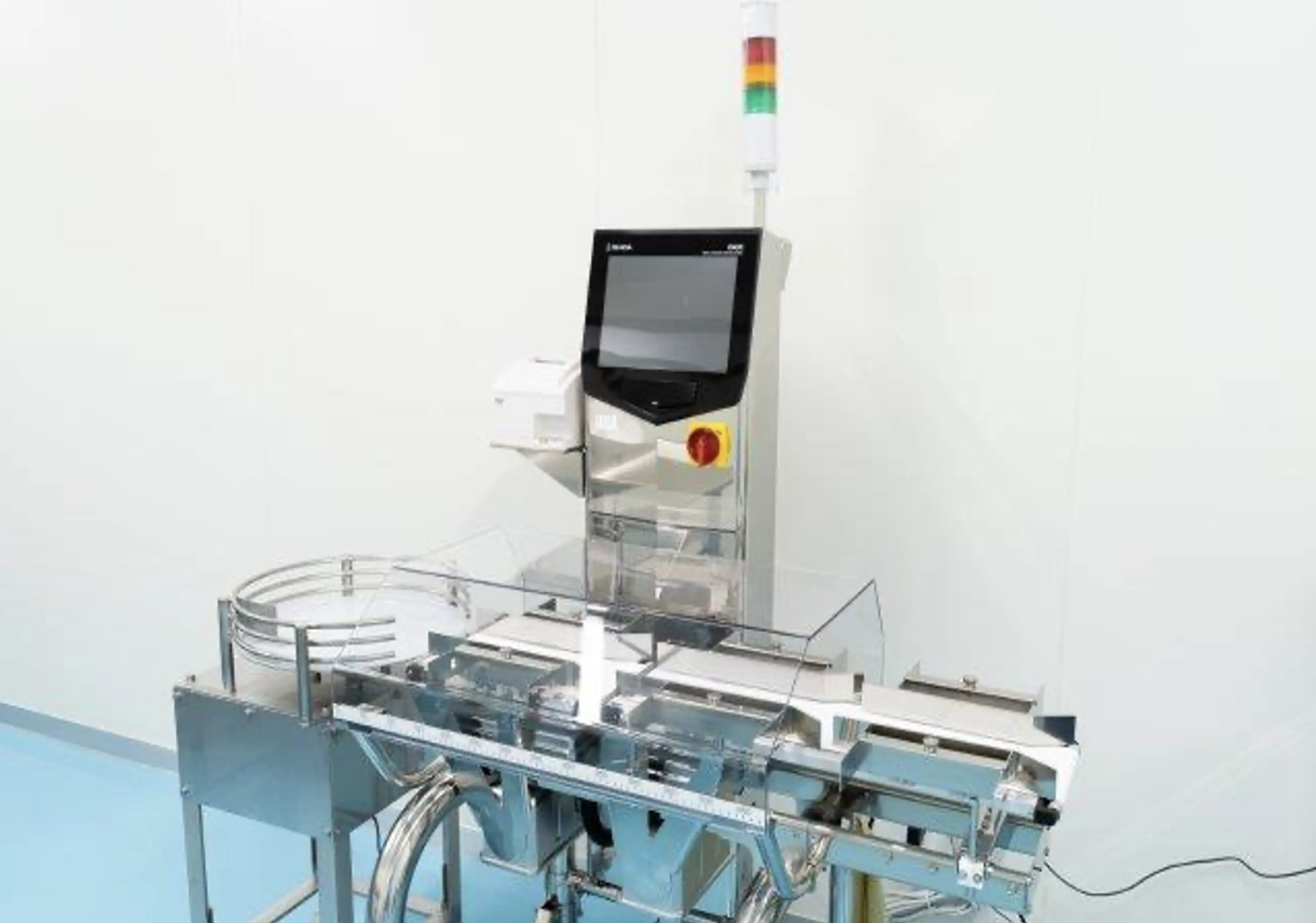
Weight checker
-
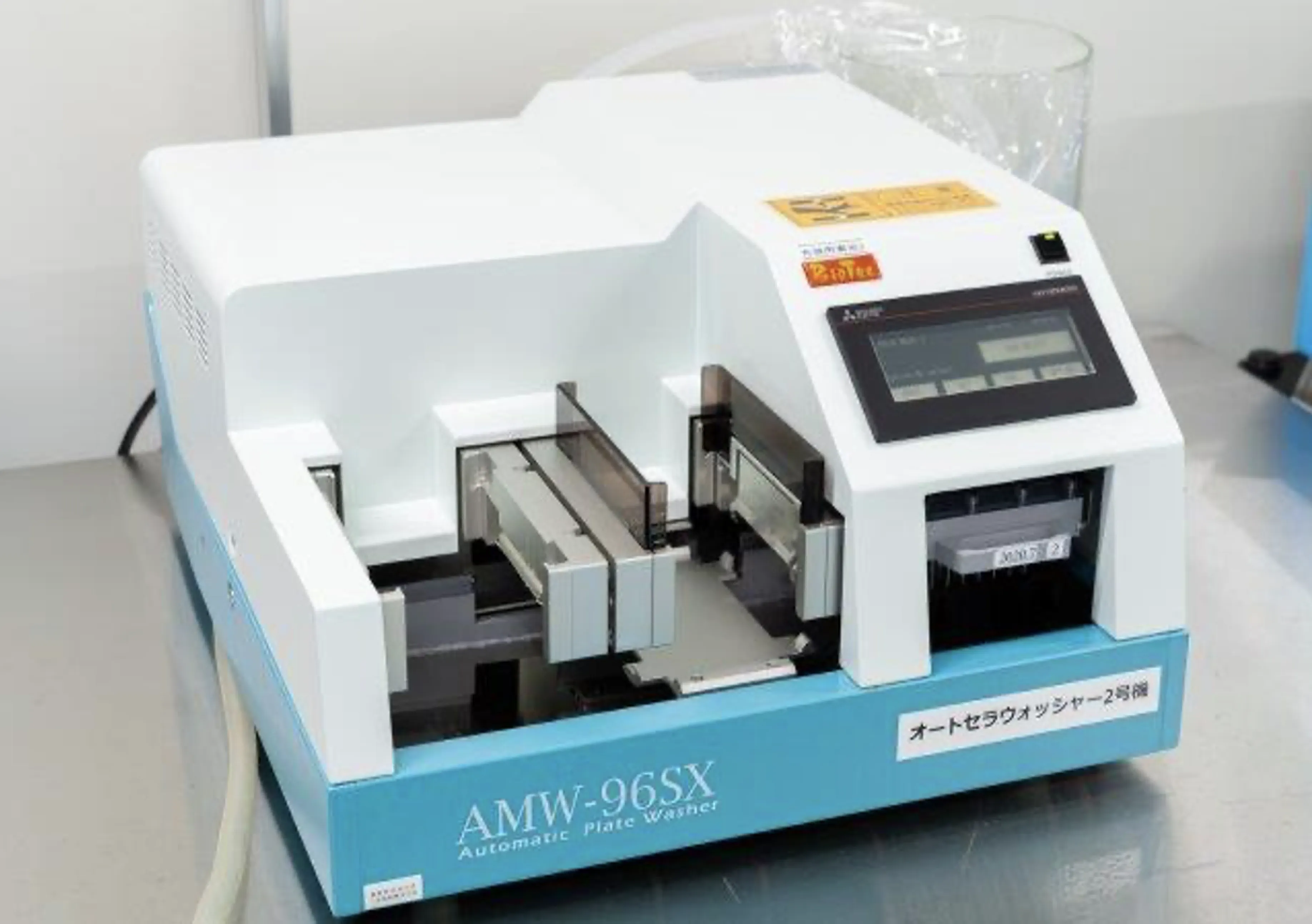
Automatic plate washer
-
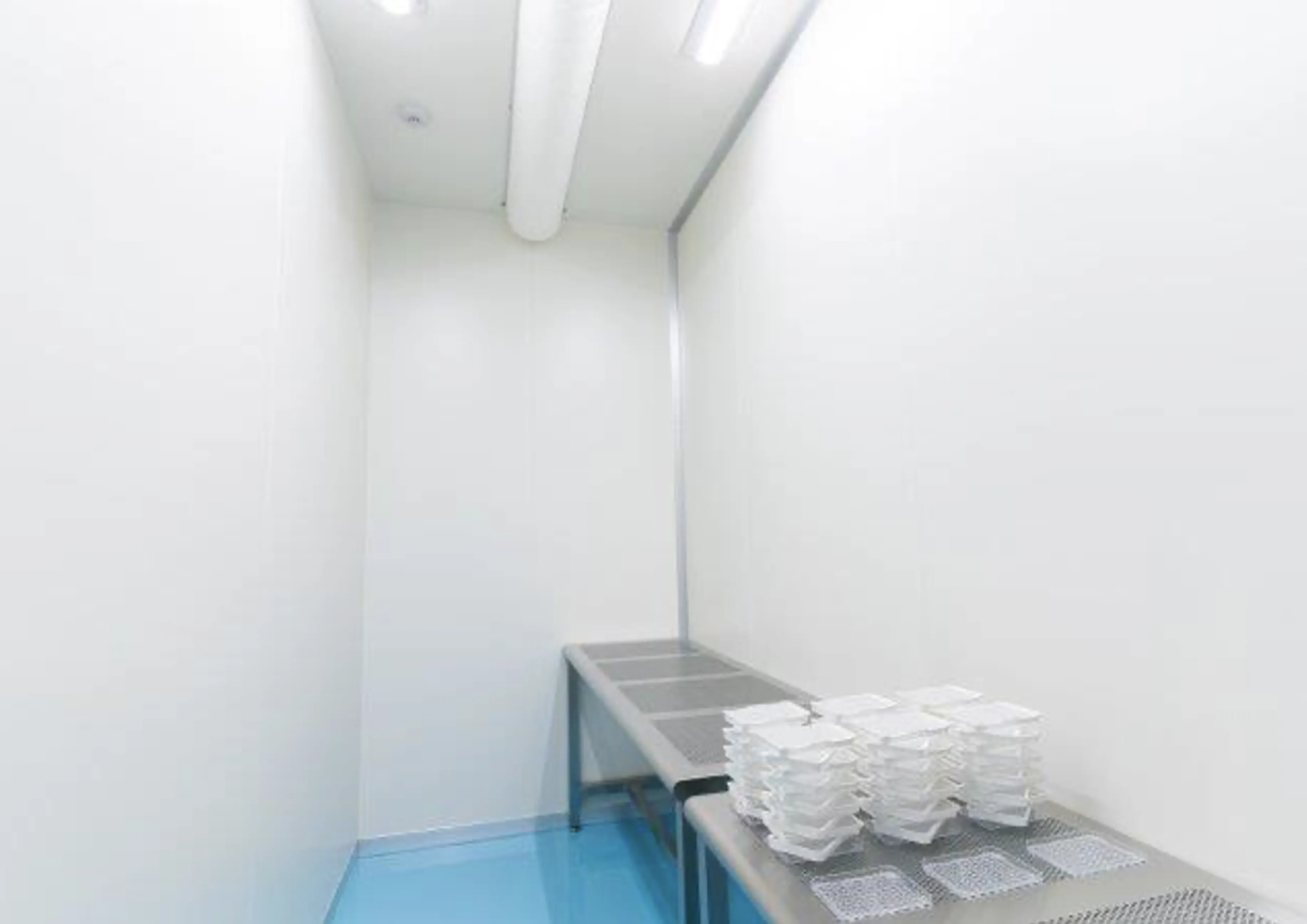
Drying room
-
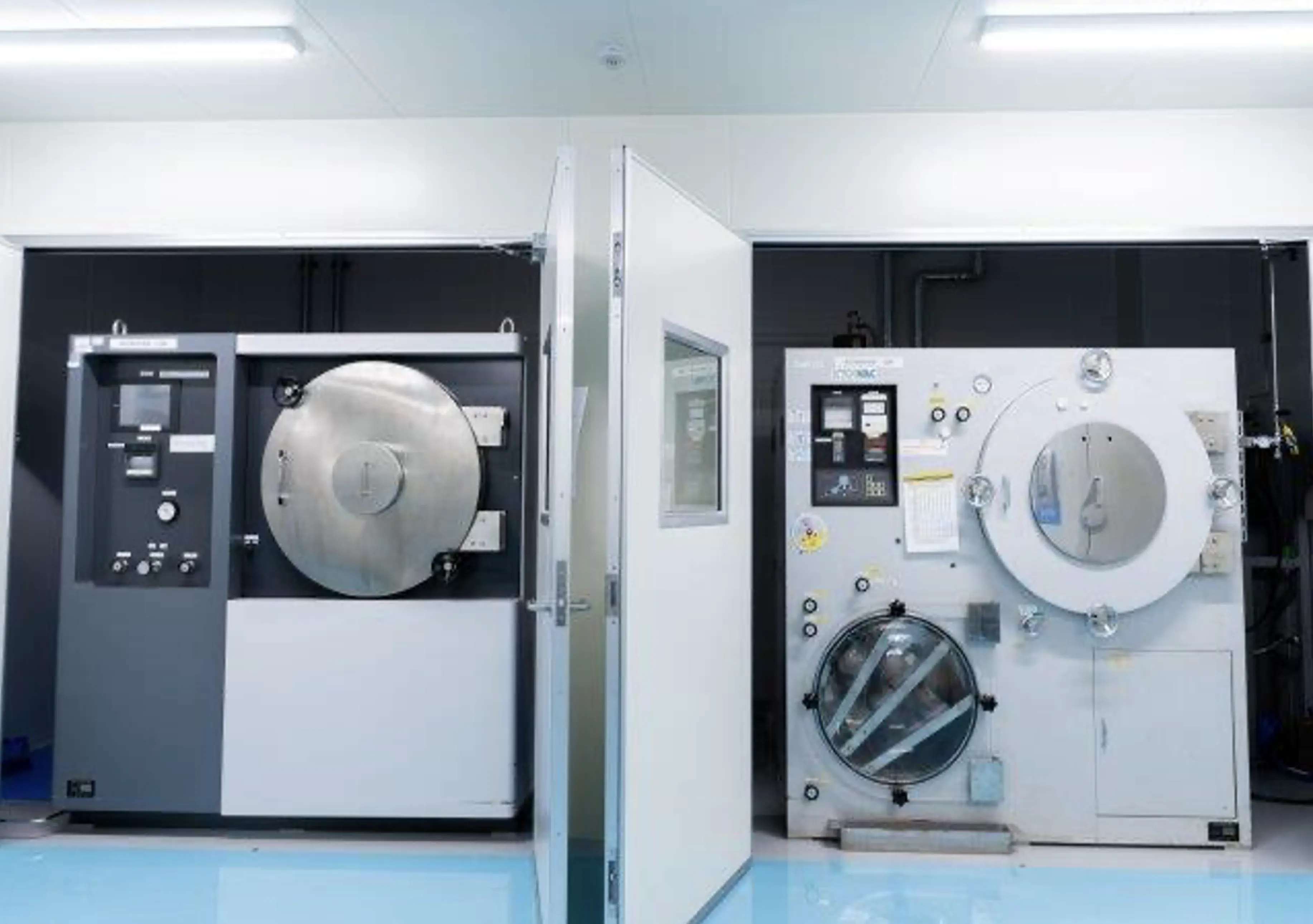
Vacuum freeze dryer
-

Material warehouse
-
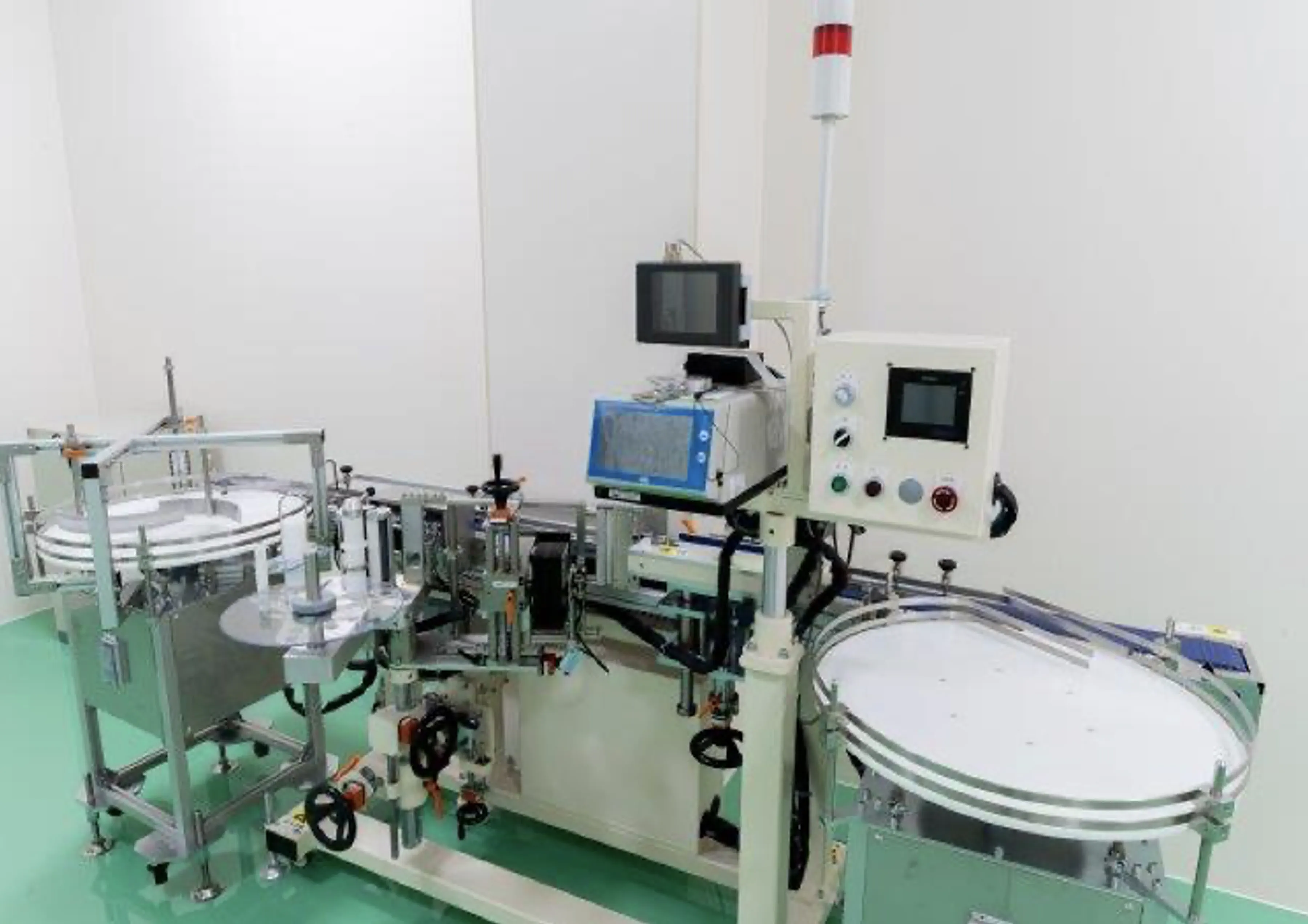
Auto labeling system
-

Cold storage for semi-finished products
-
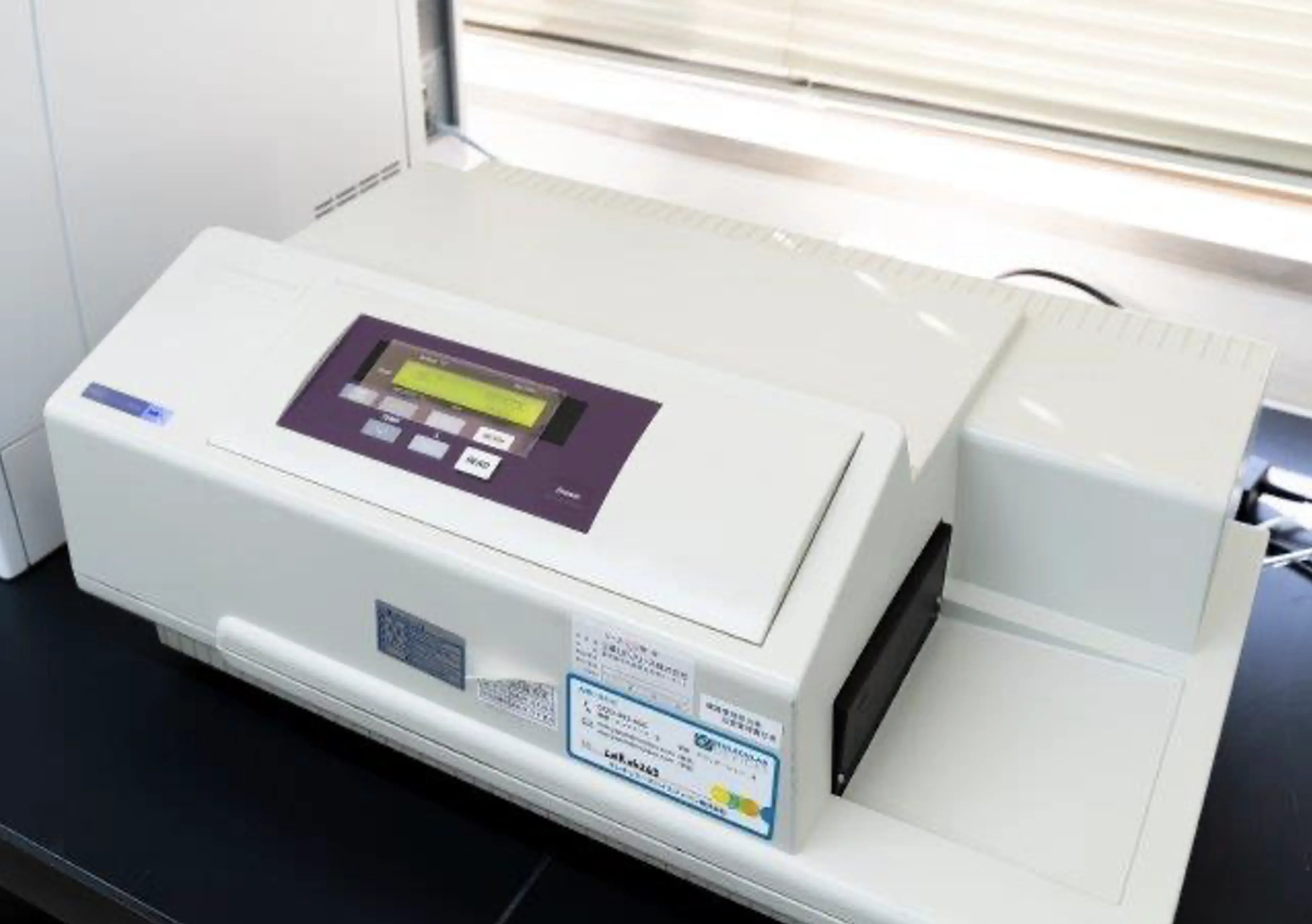
Microplate reader
-
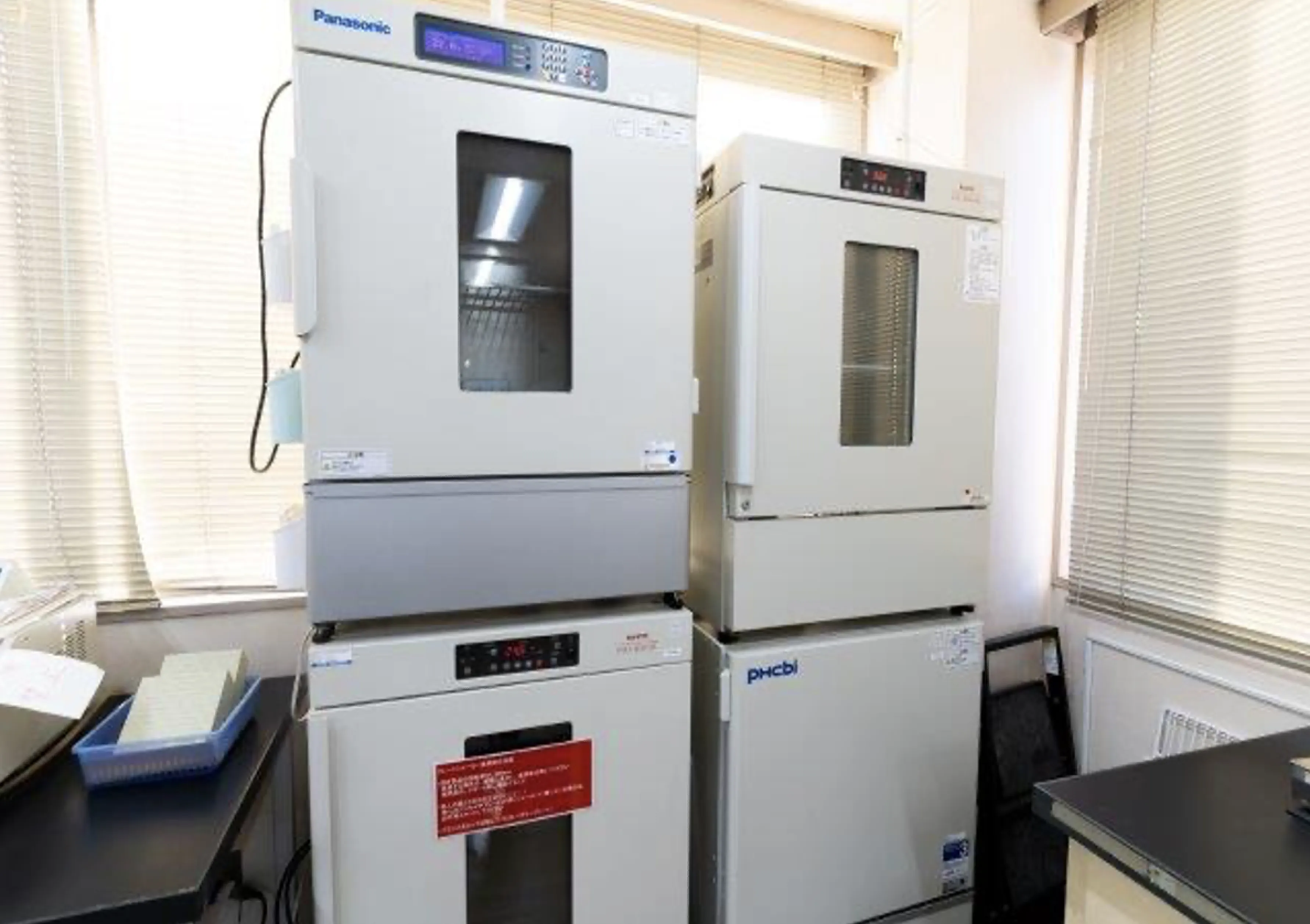
Incubator
-
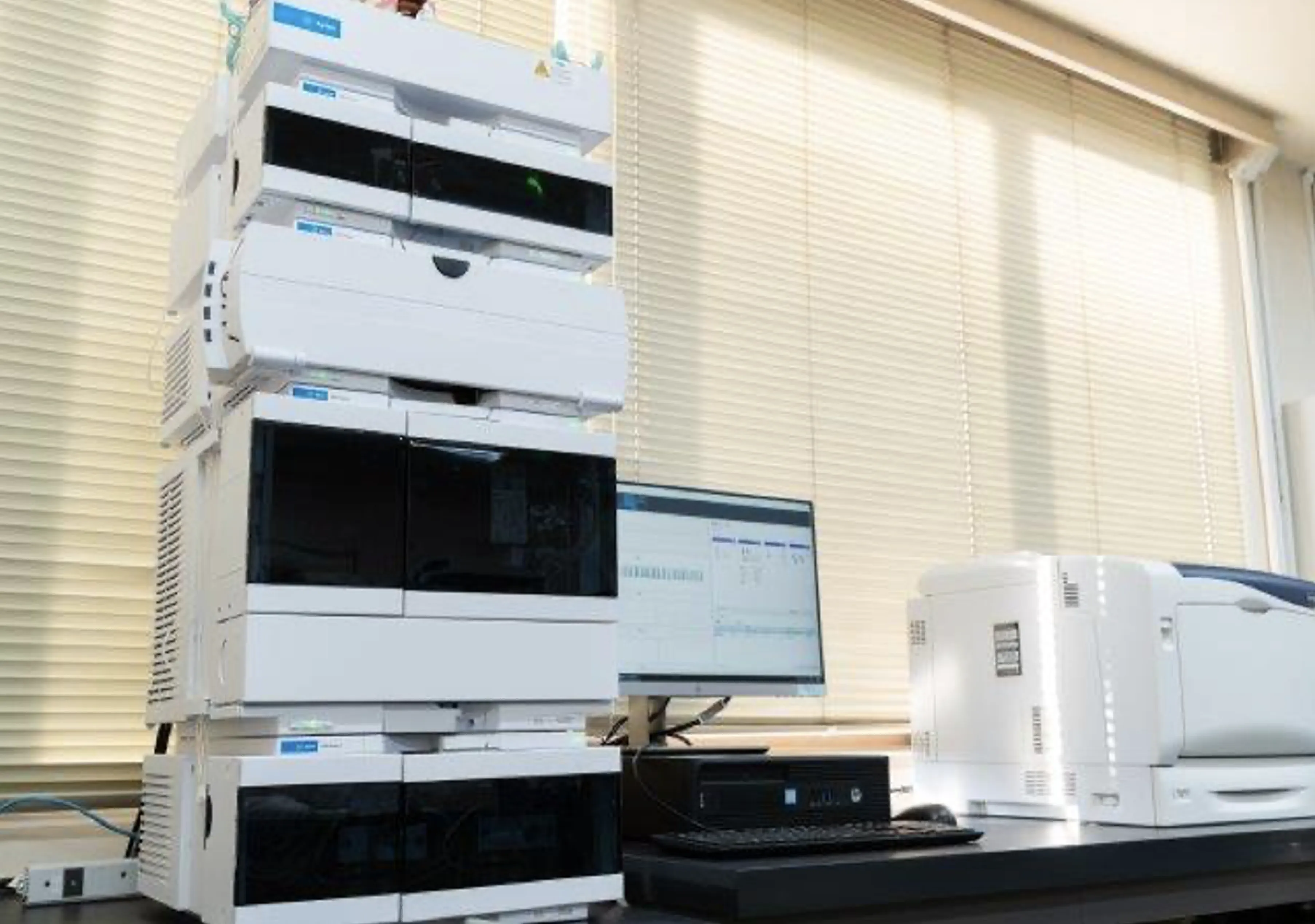
HPLC analysis system
Outsourcing Workflow
- 1. Inquiry
- 2. 1st meeting
- 3. NDA conclusion
- 4. Plant tour, followed by 2nd meeting


